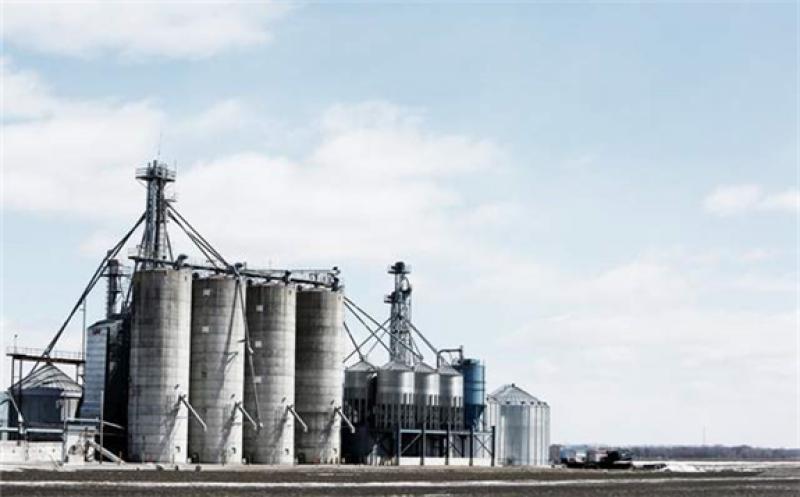South Korea's state-controlled gas importer Kogas will be required to hold natural gas inventories equivalent to nine days of demand from October, up from seven days currently, under new government rules designed to strengthen supply security.

Kogas will also be required to exclude the heel in its calculation of its stock levels, in a change from its prior calculation method. The heel is the minimum amount of LNG required to be kept in storage tanks to keep them cold and is usually equivalent to around 5pc of storage capacity.
The amendments will be implemented by July and finalised by October, following a review by the country's ministry of legislation and state council, the trade, industry and energy (Motie) ministry said today.
The Motie announcement did not clarify on what basis the stock requirements are calculated, but a Korean market participant said they are based on demand levels.
South Korean gas consumption fluctuates by season, but an extra two days of demand last year would have been equivalent to around 145,484-347,484t of LNG, according to the Korea Energy Economics Institute (KEEI). Monthly gas demand in South Korea last year varied from a low of 2.26mn t in May to a high of 5.39mn t in December, the KEEI said.
The new rules are aimed at ensuring the security of gas supplies in the event of sudden demand spikes caused by colder-than-expected weather or import disruptions resulting from unexpected shortages, Motie said.
A spate of production issues at liquefaction capacities around the world amid an unseasonably cold winter in northeast Asia sent buyers in the region scrambling for cargoes at the start of this year, driving prices to an all-time high. The front half-month of the ANEA price, the Argus assessment for spot LNG deliveries to northeast Asia, rallied to a record $39.72/mn Btu on 13 January from a historic low of $1.675/mn Btu on 30 April last year.
The inventory requirements are part of South Korea's long-term natural gas supply and demand plan announced in April. The plan is an attempt to increase supply security, price stability and strategic partnerships in light of an anticipated increase in gas demand.
Total natural gas demand in South Korea is expected to increase by around 15pc to 52.53mn t in 2034 from 45.59mn t in 2021, Motie said.
South Korea is also looking to diversify its natural gas supply sources and increase the flexibility of its contracts as part of the plan. It is considering ways of mitigating price fluctuations caused by oil price volatility by diversifying the type of price indexes used in contracts, including the US Henry Hub natural gas price and a hybrid of Brent crude oil and the Henry Hub. Seoul is also looking to strengthen co-operation with domestic importers and overseas buyers through volume swaps.